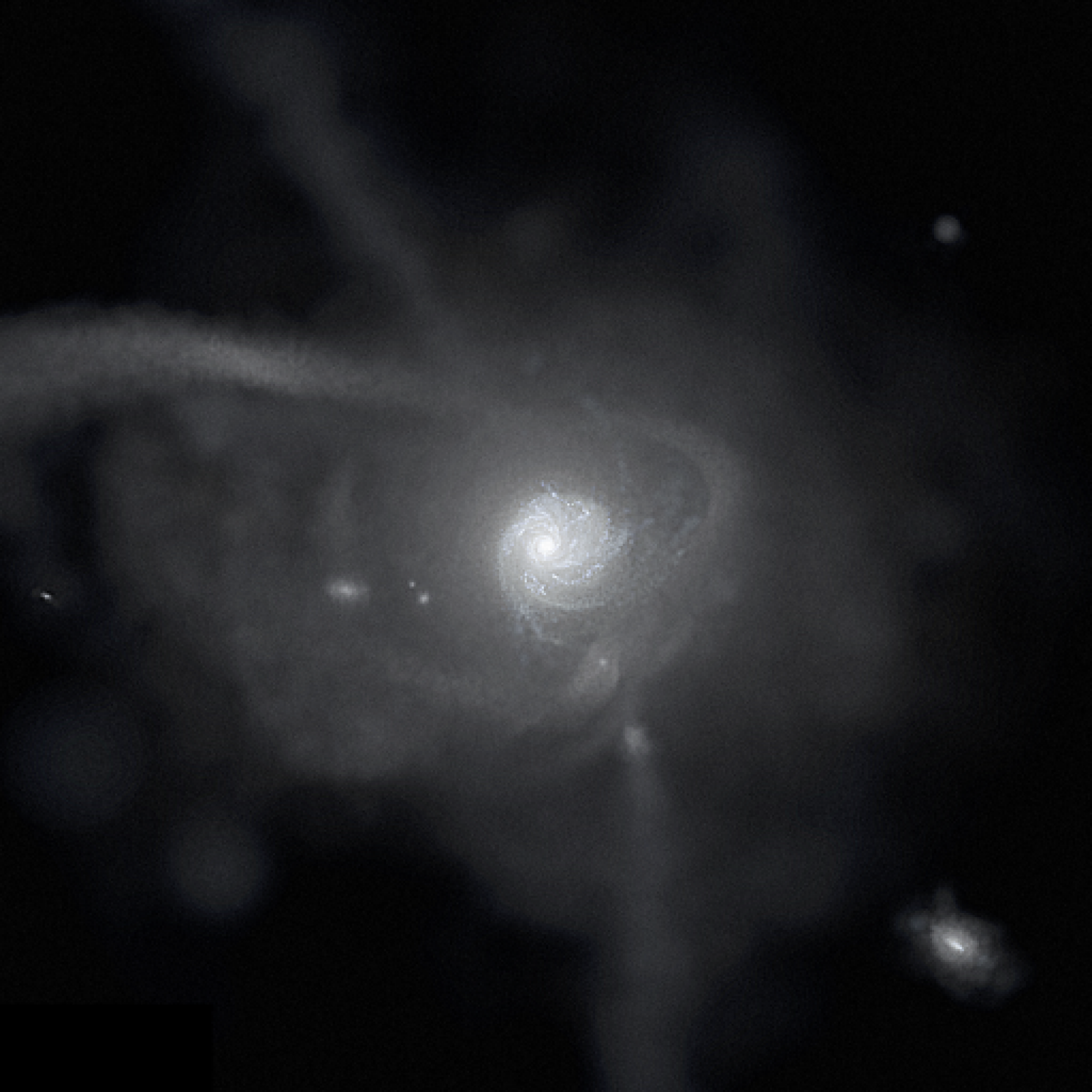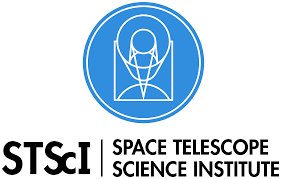The National Science Foundation (NSF) has awarded our FIRE collaboration an allocation of 160 million core-hours on NCSA’s Blue Waters supercomputer for Probing New Physics in Galaxy Formation at Ultra-High Resolution. With this allocation, we will push our FIRE-2 simulations, include the Latte suite of Milky Way-like galaxies, to unprecedented resolution: cosmological zoom-in simulations using over a billion particles per galaxy. We also will include new physical processes, including magneto-hydrodynamics, self-consistent cosmic ray transport/feedback, and full radiative transfer. Congratulations to the FIRE collaboration!
Hubble Space Telescope (HST) Treasury Program: MW-6D survey
Space Telescope Science Institute has awarded our team
- PI Nitya Kallivayalil
- co-PI Andrew Wetzel
- co-investigators Jay Anderson, Gurtina Besla, Tom Brown, Alis Deason, Tobias Fritz, Marla Geha, Raja Guhathakurta, Evan Kirby, Steve Majewski, Josh Simon, Tony Sohn, Erik Tollerud, and Roeland van der Marel
a Hubble Space Telescope (HST) Treasury Program of 164 orbits for Milky Way Cosmology: Laying the Foundation for Full 6-D Dynamical Mapping of the Nearby Universe. These Hubble Space Telescope (HST) observations will provide the initial baselines for long-term proper-motion measurements for all of the known satellite galaxies around the Milky Way. Our goal is to measure the orbital motions of these galaxies as they move across the sky over the next 3 – 10 years, to complete their full 6-dimensional orbital phase-space. Our key science goals are to
- Dynamically measure the mass distribution of the Milky Way’s dark-matter halo
- Understand the role of the Milky Way’s environment on the evolution of satellite galaxies
- Use low-mass galaxies as probes of the epoch of reionization
- Test physical associations of satellite galaxies
- Measure internal stellar kinematics of galaxies, to test the nature of Cold Dark Matter (CDM)




